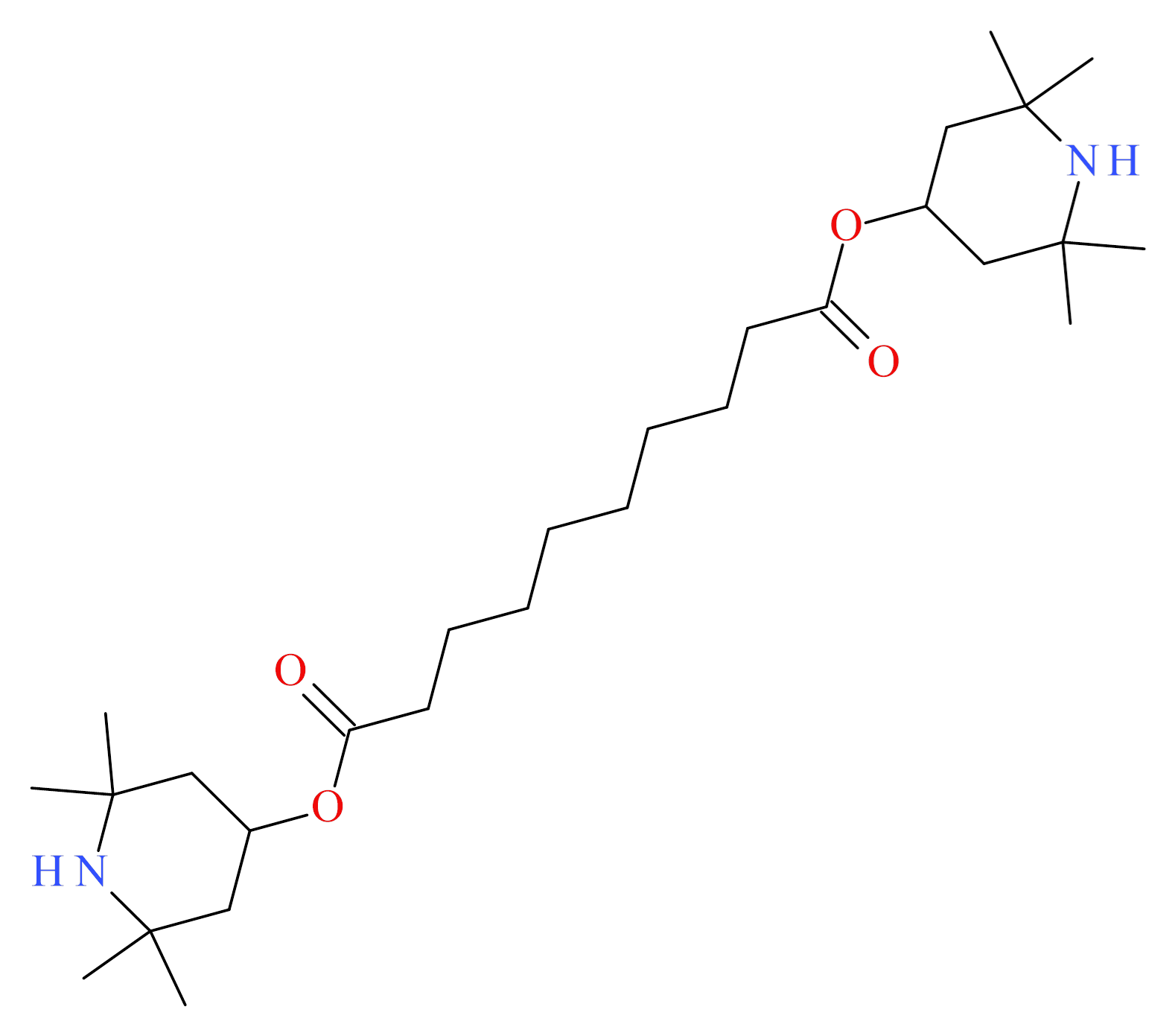BTMPS
The following information was compiled in August 2024 and is subject to change as new research is conducted and as new information becomes available:
Description: BTMPS, also commonly referred to as bis(2,2,6,6-tetramethyl-4-piperidyl)sebacate or Tinuvin 770, is the latest substance to appear in the recreational opioid supply as an adulterant alongside fentanyl. BTMPS is used as a light stabilizer and was initially evaluated for use in plastic materials.1 BTMPS is reportedly used in the manufacturing and packaging of pharmaceutical products.1
Communications regarding a strange new opioid adulterant (later confirmed as BTMPS) first began in June 2024 as the substance emerged in Portland OR, Philadelphia PA, and locations across the country. The CFSRE, in collaboration with the UNC Street Drug Analysis Lab, first tentatively determined the adulterant was likely BTMPS and later confirmed its identity via a reference material.
Sample Source: Philadelphia Department of Public Health (Philadelphia, PA)
Sample Appearance: White powder
Pharmacology: BTMPS is an active and potent L-type calcium channel blocker with potent inhibition at the benzodiazepine and phenylalkylamine-selective domains of calcium channels.1,2 BTMPS is shown to be a non-competitive antagonist at nicotinic acetylcholine receptors.2,3 BTMPS was evaluated in a study examining effects of the substance on rats self-administering morphine.4
Toxicology: Toxicology cases suspected of containing BTMPS are currently pending analysis at the CFSRE.
Drug Materials: BTMPS has been detected in at least twelve drug materials to date at the CFSRE to date.
Demographics / Geographics: Drug materials positive for BTMPS originated from Pennsylvania; however, the substance has also been identified in California, Oregon, and Michigan, among other states. BTMPS was identified alongside fentanyl, other synthetic opioids (e.g., para-fluorofentanyl), stimulants (e.g., methamphetamine, cocaine), and other adulterants (e.g., medetomidine, xylazine).
Legal Status: BTMPS is not a scheduled or regulated substance in the United States.
- Class:
- Miscellaneous
- Appearance:
- White powder
- Formula:
- C28H52N2O4
- MW:
- 480.7
- [M+]:
- 480
- [M+H]+:
- 481.4000
- IUPAC:
- Bis(2,2,6,6-tetramethyl-4-piperidyl) decanedioate
- Report Date:
- September 3, 2024









